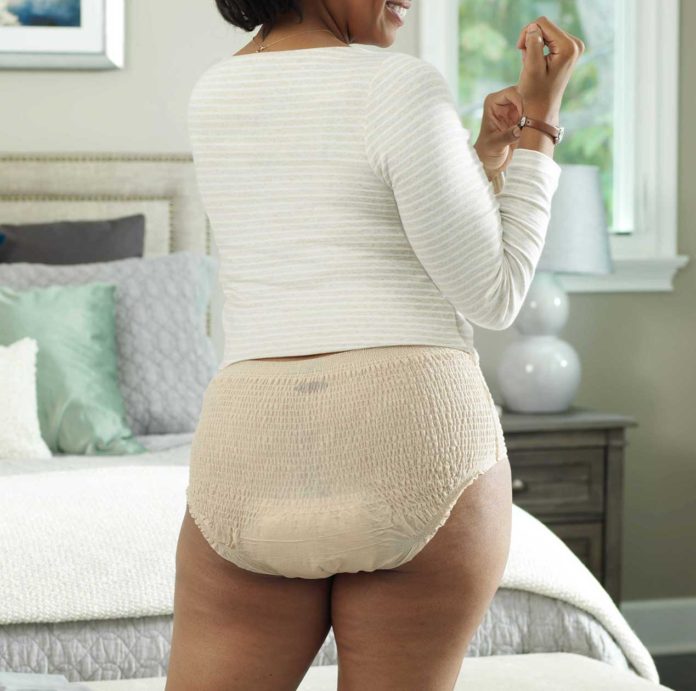As we age, bladder problems become more common but can start from an earlier age. Leakage of urine can be very embarrassing, affecting a woman’s quality of life, confidence and sexual relationships. There is no need to feel ashamed or suffer in silence, as there are multiple treatment options available that might benefit you. Some treatments merely require that you perform a few simple exercises a day.
Urinary Incontinence
Urinary incontinence is a condition which may affect many women, particularly after childbirth or due to the ageing process.

There are several types of incontinence, including:
- Stress incontinence – occurs when urine leaks out as the bladder is put under pressure from physical movement or activity, such as laughing, sneezing, coughing or stooping down.
- Urge incontinence – a sudden, intense urge to pass urine which is then followed by the involuntary passing/leakage of urine. People with urge incontinence usually urinate frequently, such as at night. It can be associated with infections or more serious conditions, such as diabetes.
- Overflow incontinence – frequent or constant dribbling of urine because the bladder has failed to empty fully. This may occur in patients with diabetes whose nerves have been damaged and cannot no longer sense when their bladder is full.
Treatment Options
General measures- Weight loss, exercise, decreasing caffeine & alcohol intake. Reducing fluid intake at night and wearing clothes which are easy to unbutton/remove.
Stress incontinence – can be initially treated with pelvic floor exercises. Surgical options include procedures which aim to reduce bladder neck hypermobility and add support. Some procedures which use mesh such as TVT & TOT are now only performed by the urogynaecologist/urologist.
Urge incontinence -Initially bladder retraining should be tried. This involves techniques which focus around holding your urine for longer periods of time. The other treatment options for this condition are medical or surgical. Medical management involves drugs which help to relax the bladder muscles and reduce episodes of leakage. Surgical options involve injections into the bladder wall, nerve stimulation, bladder augmentation (enlargement) or diversion of the urine into the bowel.
Repeat Urinary Infections & Cystitis
Urinary tract infections (UTIs) are a common infection which affect many people, women are more likely to get a UTI due to having a shorter urethra than men. They may cause symptoms including; the sudden or frequent urge to urinate, pain or burning when urinating, smelly or cloudy urine, pain in the lower abdomen and the general feeling of sickness and fatigue.
You should see a doctor if:
- You are pregnant and have a UTI
- You keep getting UTIs
- There is blood in your urine
Urine infections or pain in the bladder and urethra (water pipe) can be very distressing. Treatment with antibiotics and increased fluid intake normally resolves the problem.
Since recurrent infections may be a result of abnormalities of the urinary track or chronic inflammation of the bladder, treating them is complex and requires a multi-disciplinary approach, including coordinated care with a specialist urogynaecologist alongside a specialist women’s physiotherapist and other affiliated professionals.
Typically the urinary system is imaged using ultrasound scans and tiny cameras (cystoscopy) to look inside the bladder to help determine the cause of the problem.
Conservative treatments include dietary and lifestyle changes, as well as medication. These include improvement in hygiene practices, avoiding caffeine, alcohol and spicy foods.
